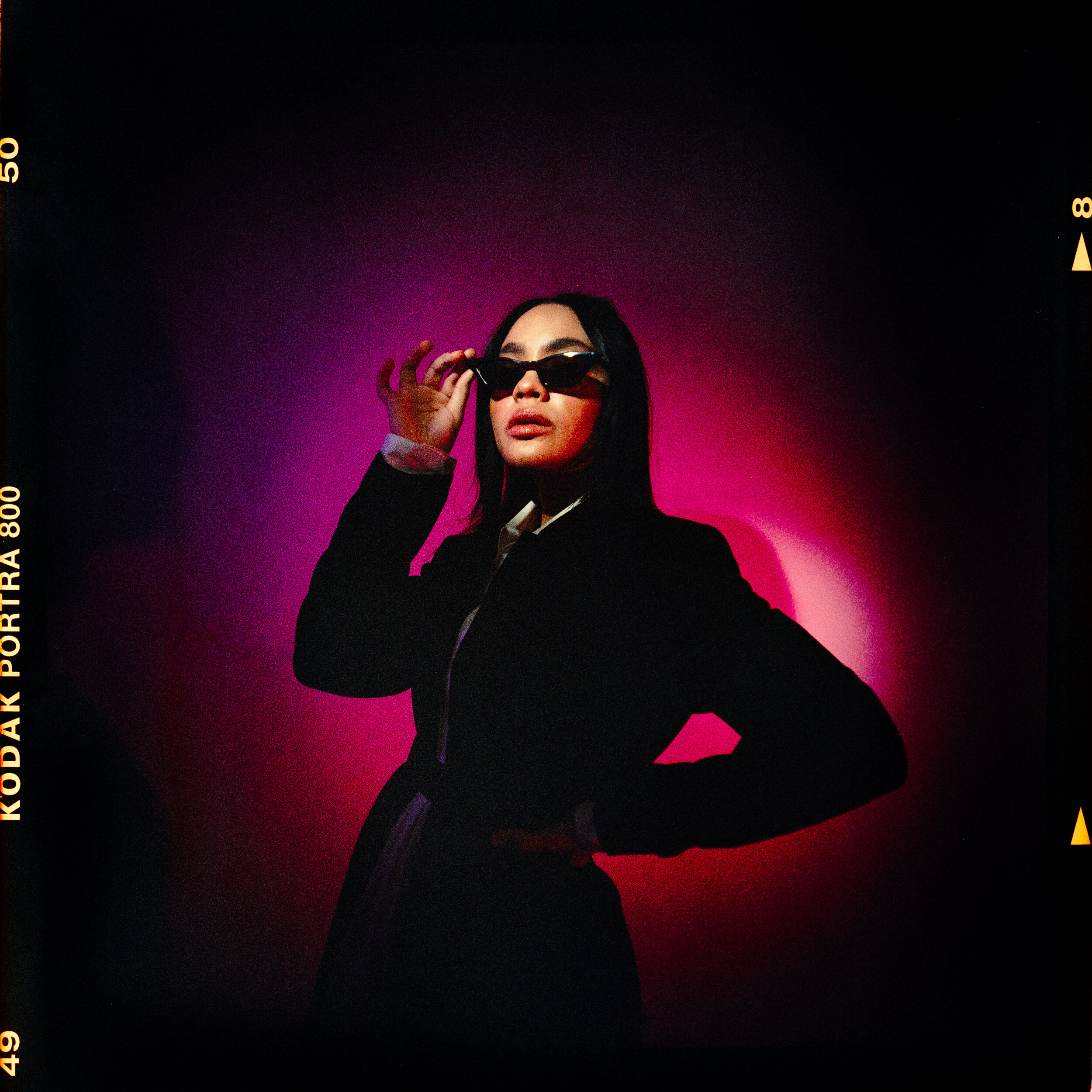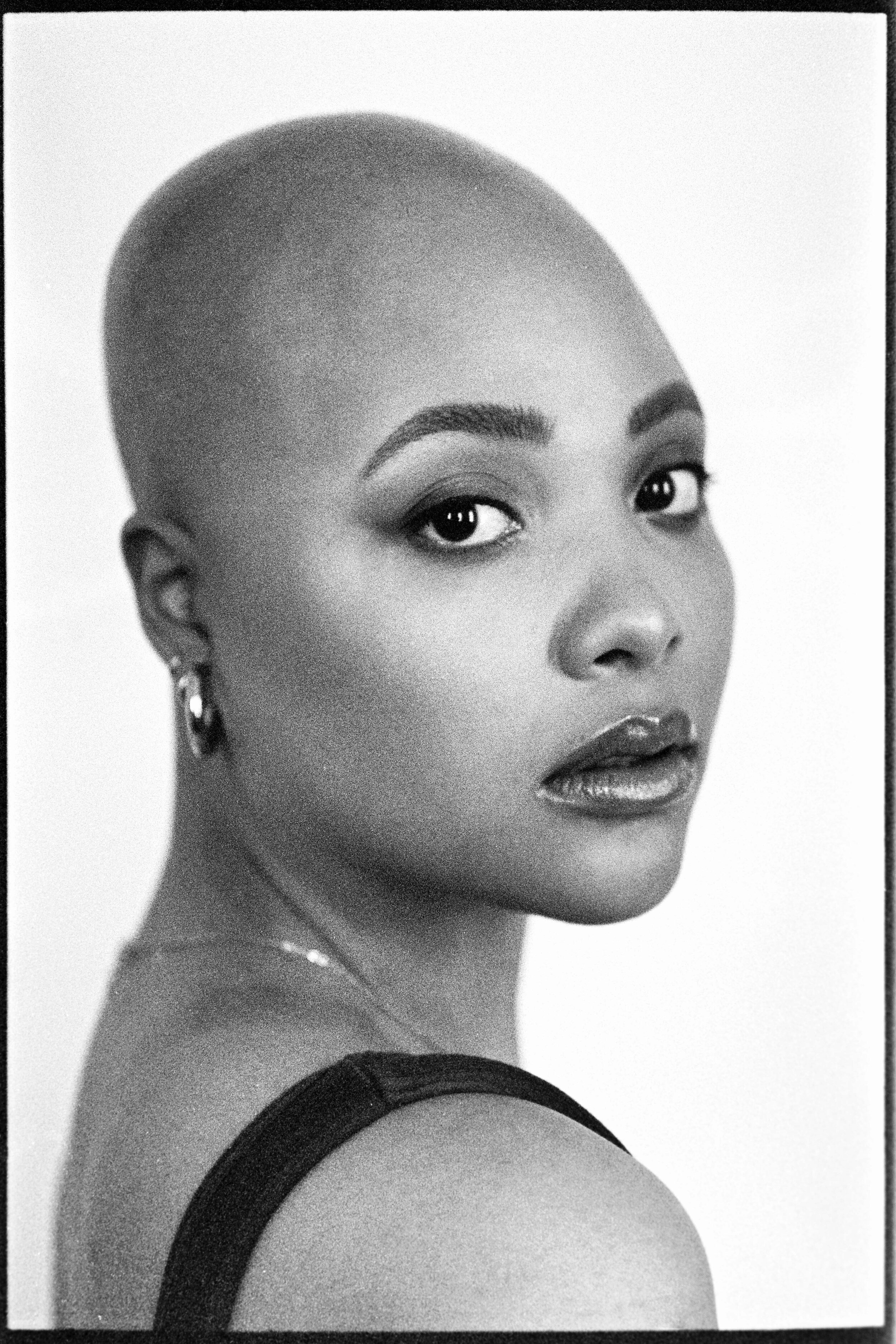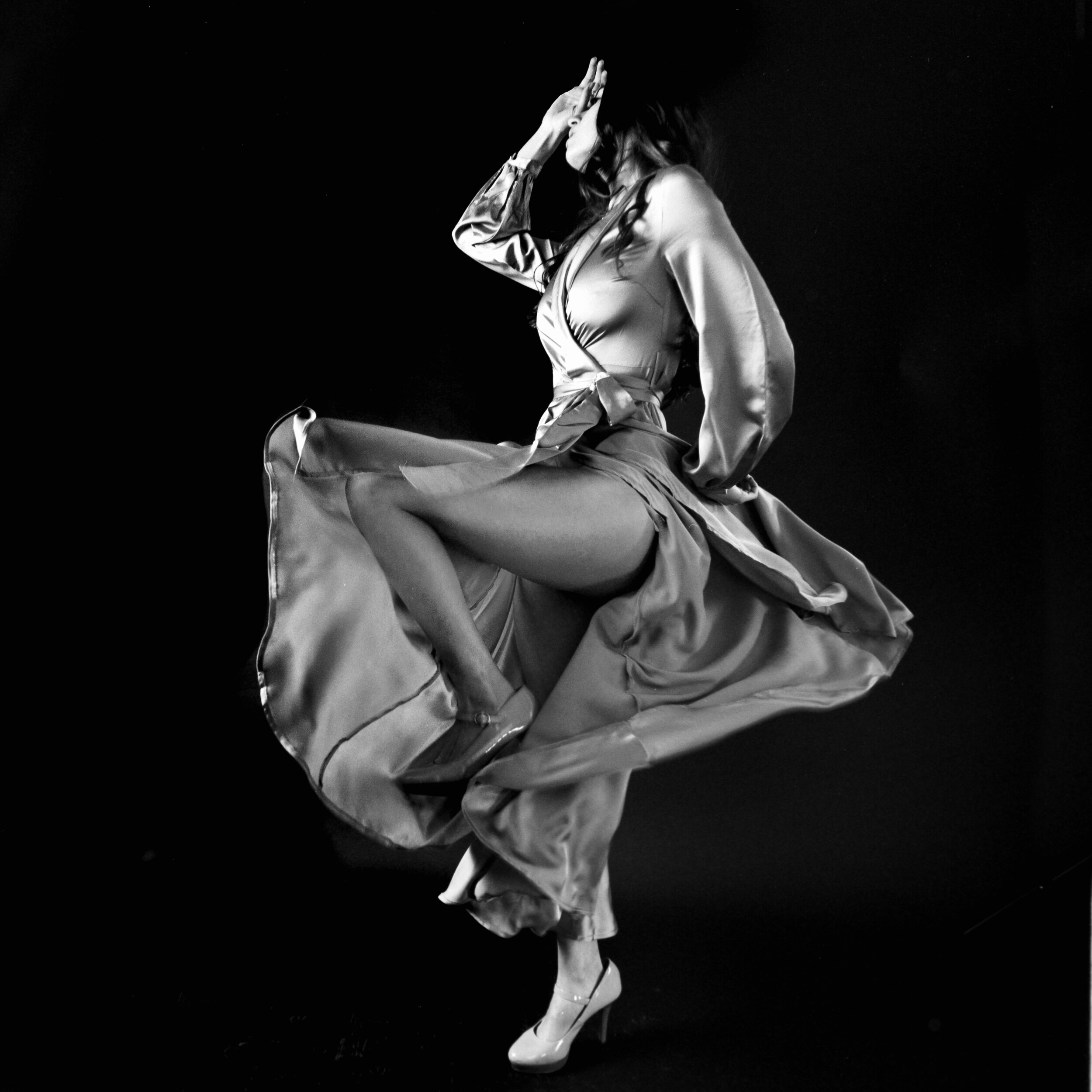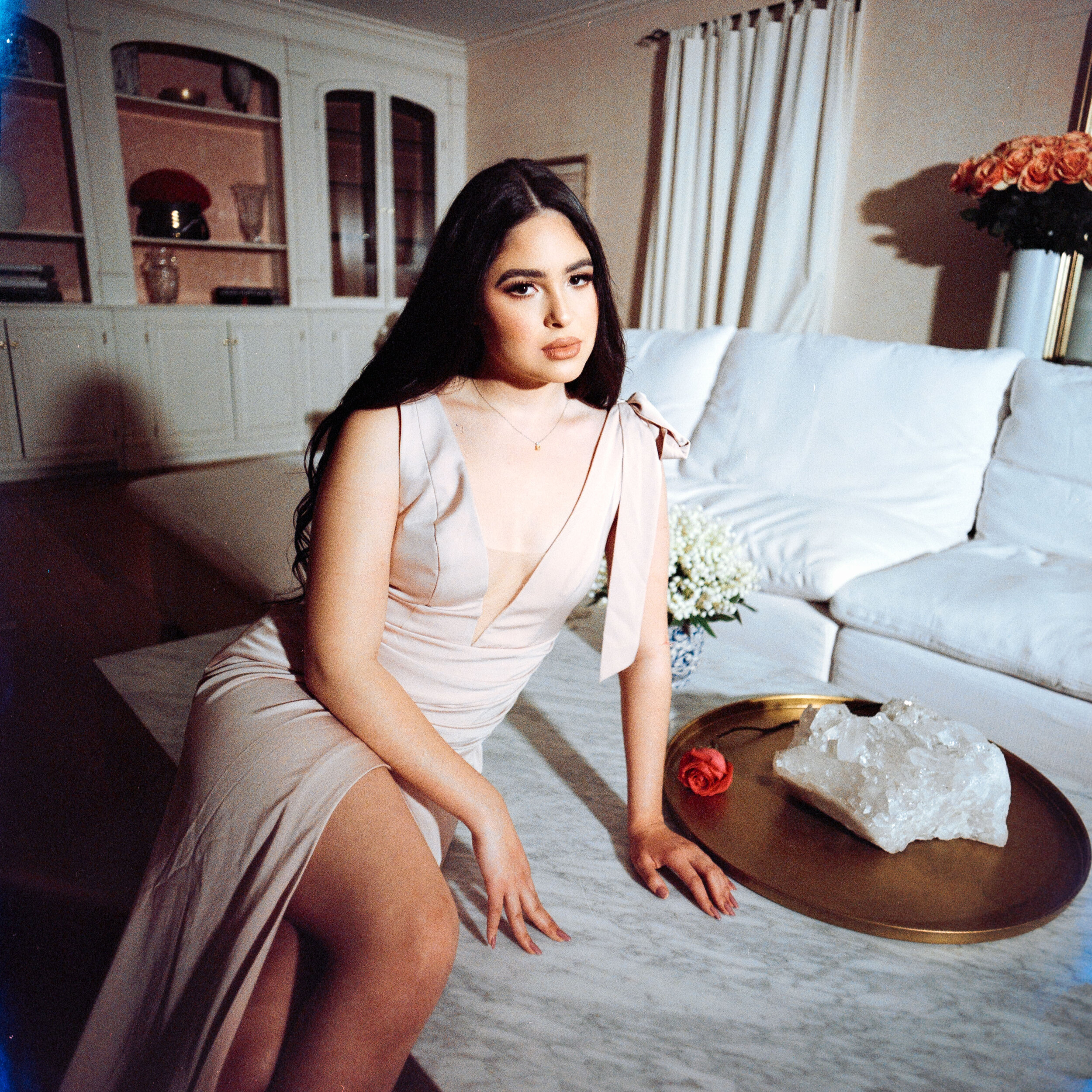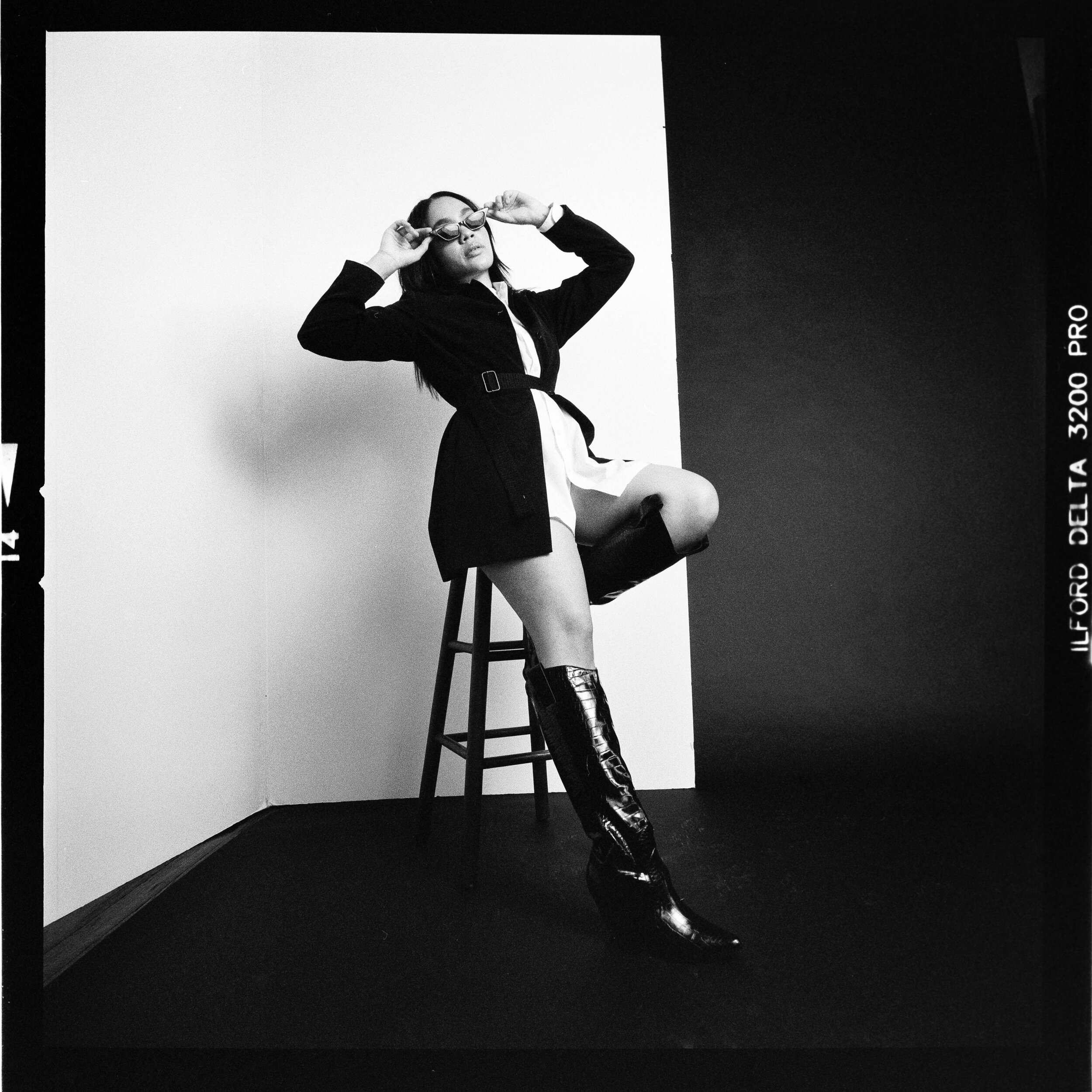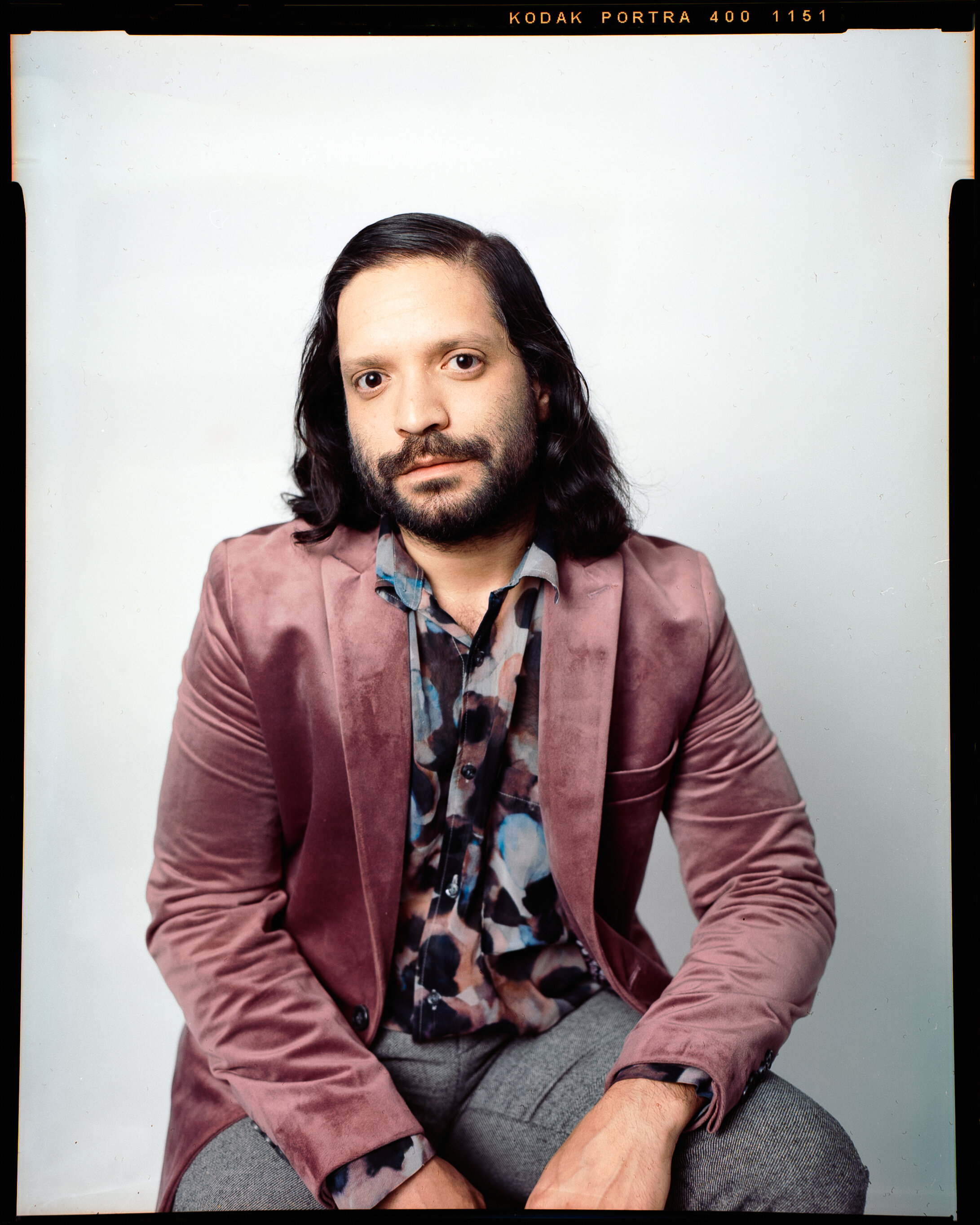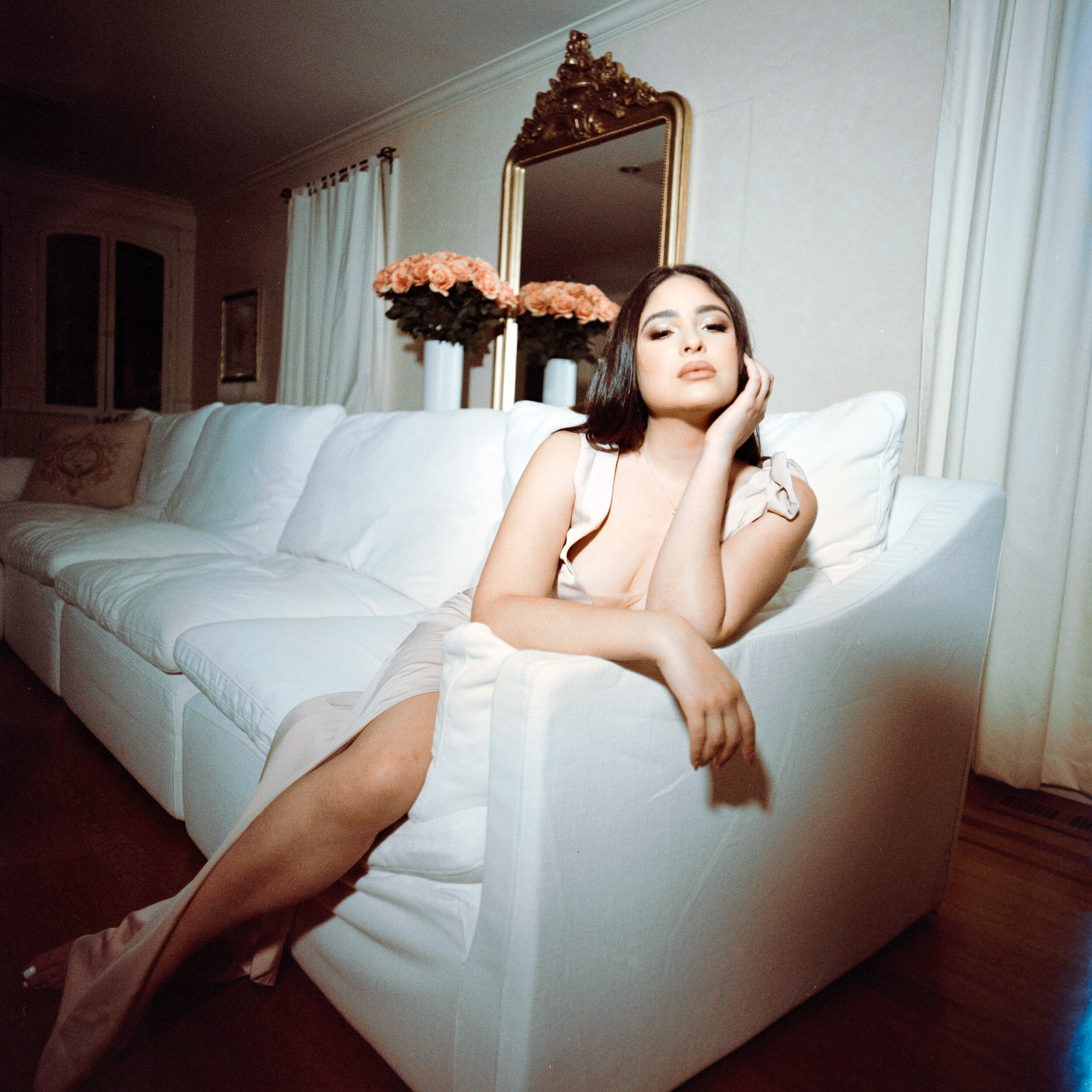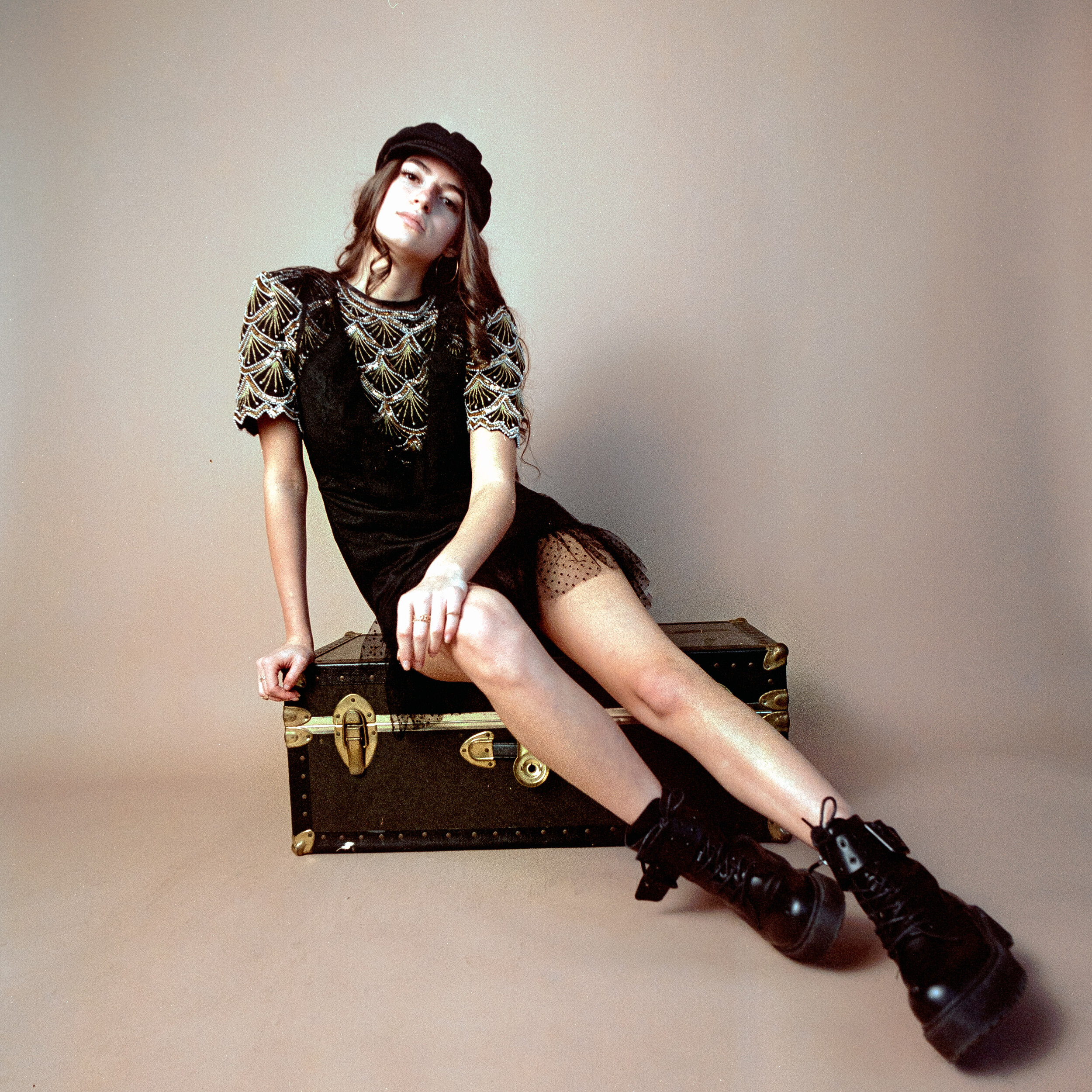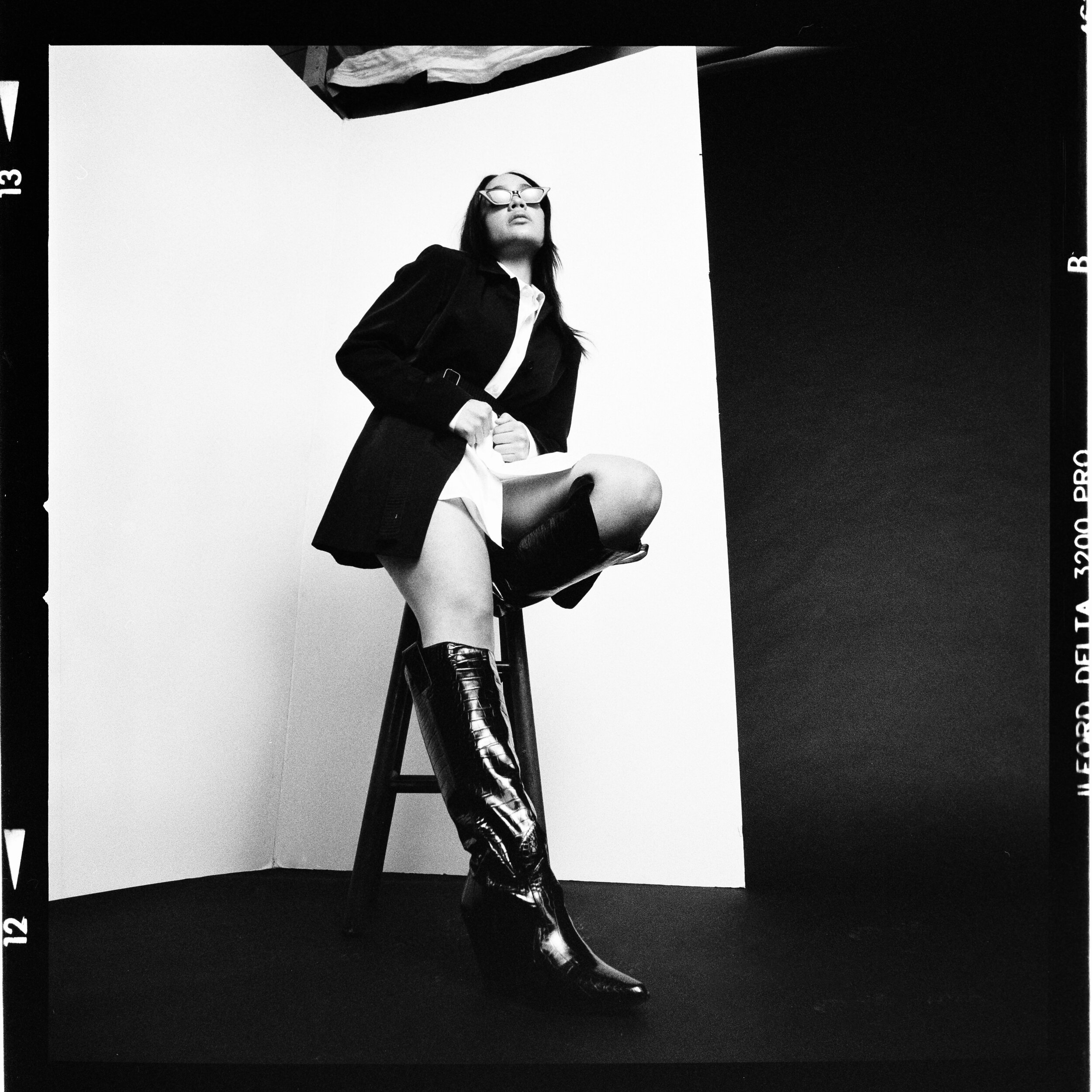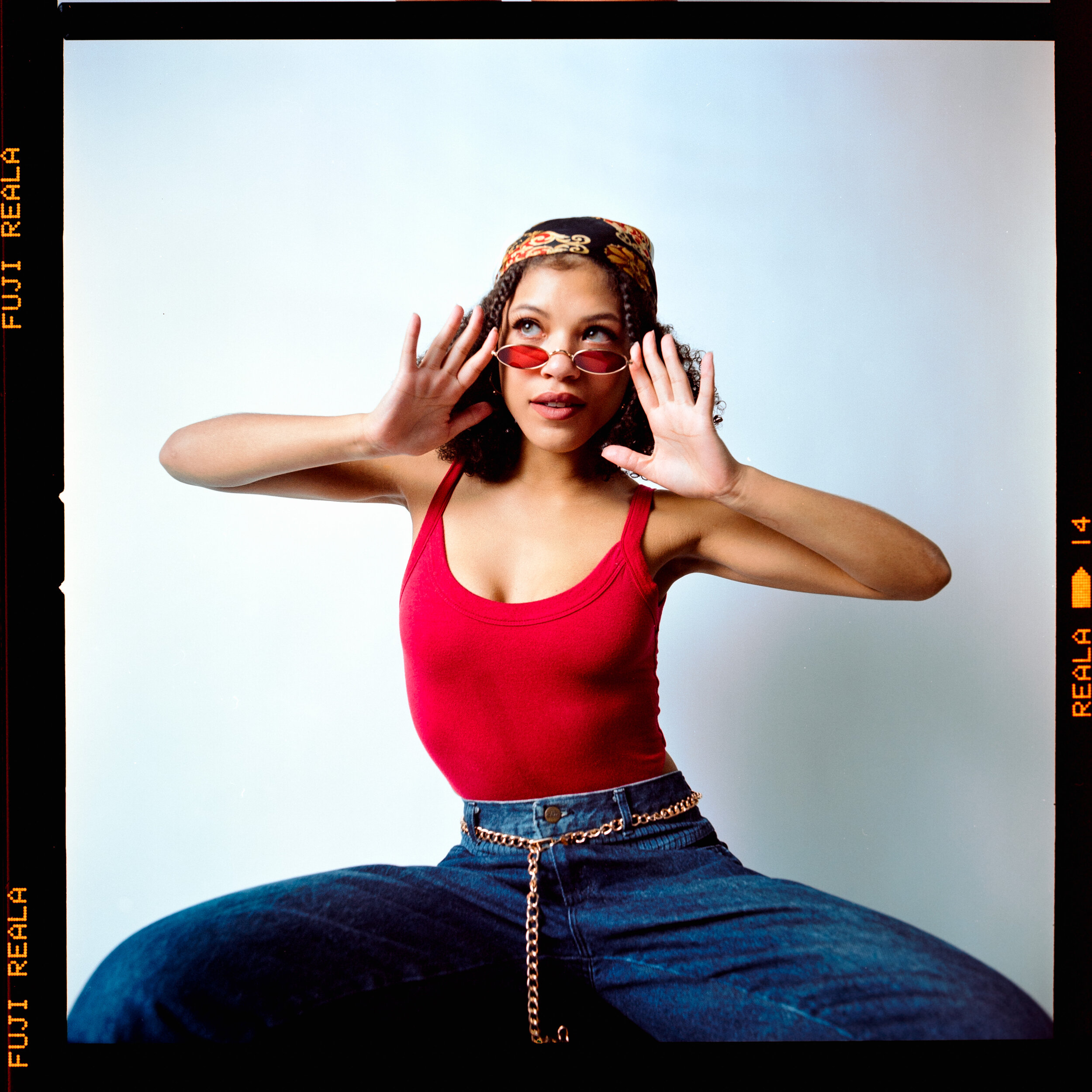Negative Supply Spotlight: Emily Swift
Hi there! Introduce yourself to the Negative Supply community.
“Hi! I’m Emily Swift, a fashion and portrait photographer based out of Connecticut and as of recently, a film lab owner! I’ve been shooting and processing film since my freshman year of high school, almost 11 years now. “
Q: How did you first discover your passion for photography?
“My passion for photography came from a class I signed up for my freshman year. I remember going into high school and looking at the electives and thinking “oh photography might be fun” ha! If only I knew it would completely take over my life!
This was back in 2010, and my grandfather gifted me his Minolta XG1 that he traveled the world with after the Korean War. I still have that camera and shoot with it. The class was centered around black and white film. I learned how to shoot with that camera and many many many rolls of tmax 100. I will never forget the first time I printed in the darkroom. I remember watching the photo come to life in the developer, and basically never looking back after that. I became completely absorbed in photography, I wanted to do it all, learn it all, and leave no corner of any process untouched. I went on to study in photography in college where I got to explore alternative processes, medium format, and large format. I went on to open my studio after that, and now I’m running a film lab out of that same studio”
Q: What do you enjoy most about shooting film?
“I was an artist before I was a photographer, and when you create a piece of art through mark-making methods like drawing or painting, it’s a process. Film is a process. Digital? I mean, it’s a process, but it’s a very different type of process. You have instant gratification with digital. You don’t have that when it comes to drawing, painting, and film. There’s so many calculated steps, so much room for error, and so many decisions along the way to yield a specific result. But what I really love about it is that it’s a medium you work with, it’s not just a digital creation. Depending on how you shoot it, process it, you are effecting an actual tangible thing, the negative. There is no quick and easy when it comes to film. Even if you blow through a roll on a point and shoot, there is still the second half of creating your work which is the processing step. Something a photographer said to me once that has always stuck with me is, “If one day there is a catastrophic technology error, and all the computers, hard drives, phones, everything stopped working… you would still have your negatives”
Q: What are some of your favorite film stock?
“Ahh! The out of production ones of course! Lol! My favorite color film is Fuji Reala, which I recently learned was marketed to studio photographers so it’s no wonder I love it so much. For black and white my favorite has to be Tmax3200… thank you Kodak for bringing that one back!! The grain structure is so beautiful on it. Now if only it was also available in 120 “
Q: What inspires me most when it comes to your photography?
”My goal for my photography has always been the same- I want people to think twice about it. If an image causes a reaction out of somebody I won. Wether it be good or bad, a reaction & a second thought is what i want. We live in an era where art is posted on social media timelines and only appreciated for a fracture of a second. I want my images to cause people to stop and think about it. “How did she do that?” Or even if it’s just a strong enough image that their eyes gaze across it, up and down, between the negative space and the subject… i just want people to feel something when they see my work. A photo might be good, but to me it’s a failure if it doesn’t get a reaction. Pushing for this has forced me to challenge myself and really think about the work I’m producing. I look back to my photo books at the work of photographers like Walker Evan’s, Richard Avedon, Irving Penn…ya knows, the greats, and there is something about their work that just forces you to pause and observe. I want that for my work. That’s what inspires me.”
Q: How has our Negative Supply tools helped your workflow?
“I could on about this all day! Coming from a traditional background with photography as a darkroom printer, the modern work flow of working with film sucks in my opinion. When you work with film in the darkroom flow, it’s a three step thing, shooting, processing, printing. Now it’s shooting, processing, scanning. Printing is WAY more enjoyable than scanning. When I got out of college and lost access to being able to process and print i did what everybody typically does and got an epson v600. I would drop my film off to get developed, and honestly, MAYBE I would scan it. The scanning process on a flatbed takes so long and is so tedious I completely hated it. I didn’t like how any of my scans would come out, I hated that it would take like 1-2 hours just to scan ONE roll, and it was a good day if you were able to get through a roll without dealing with Newton rings. I was getting my film developed and it would just stack up and up and up on my scanning to do list, and overwhelm me to the point that i just wouldn’t even do it. When I started to get everything together to start processing myself again in preparation for launching my lab, I knew I had to re-consider my scanning set up.
I believe flatbed scanning 35mm is cruel and unusual punishment. I quickly realized there were no scanners on the market that fit was I was looking for. My requirements were simple, efficiency and quality. But modern film scanners just don’t exist with those two things in mind. I didn’t want to invest in an out of production scanner either, so I was THRILLED when I discovered Negative Supply. The set up offers me both efficiency and quality. Or as i like to say “fat juicy tiff files”. I’m not one of those purists, I edit my film. I hate this argument because realistically as soon as you scan your film it’s edited. Why not use the tools we have today? My favorite set up when I’m shooting in studio is my Hasselblad 500c + 40mm Distagon lens. This lens is just wide enough that most of my frames are wider than my seamless paper. So because of this, I usually patch back in the paper. In order to do that properly I NEED as much information as possible in the scan. I need the grain detail there on the film, I need the colors to be accurate, or else it just won’t work. This set up has also allowed me to fall back in love with 35mm. I actually stopped shooting 35mm because I hated the scan results so much.
With the negative supply kit I’m getting WAY BETTER results. Not only are the results better, but it’s SO MUCH FASTER to scan. My 35mm scans can now be treated like any digital file from my camera. This gives so much power with not only editing, but printing capabilities as well. In the time it would take me to set up my flat bed, I’m already done scanning the roll with my negative supply set up. This speed & efficiency will help me keep my turn around time fast when it comes to my lab, and still have time to manage my own film.”
Q: What camera are you using to scanning?
“I use a Sony a7iii & canon 100mm 2.8 lens! In the future i hope to upgrade to a medium format digital for scanning my 120 & 4x5 film. How cool is that that now i can not only upgrade my digital camera for my digital work, but also have it benefit my film workflow? So exciting!!! I would much rather invest in a new camera than scanner, which is another reason i LOVE Negative Supply.”

